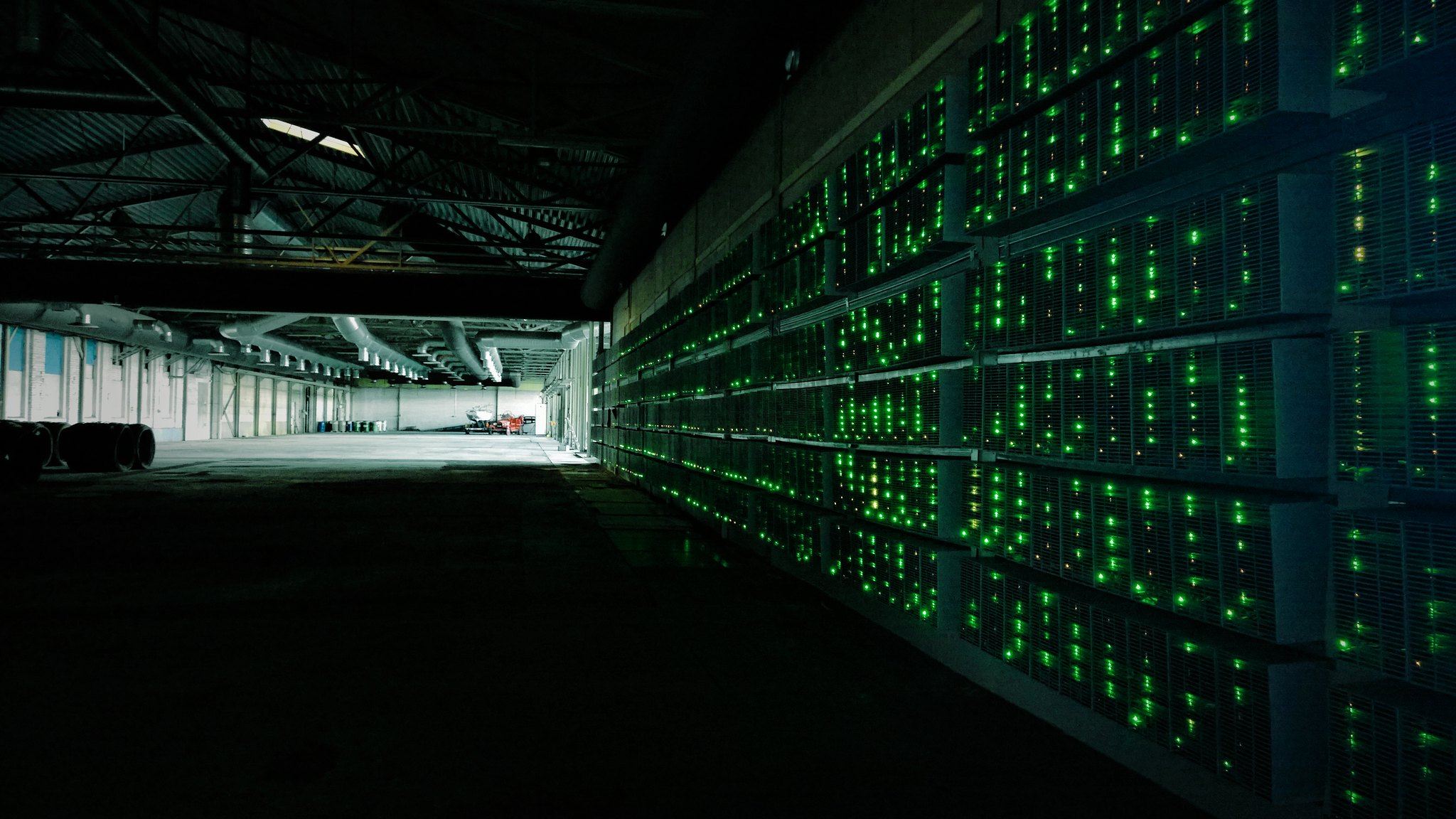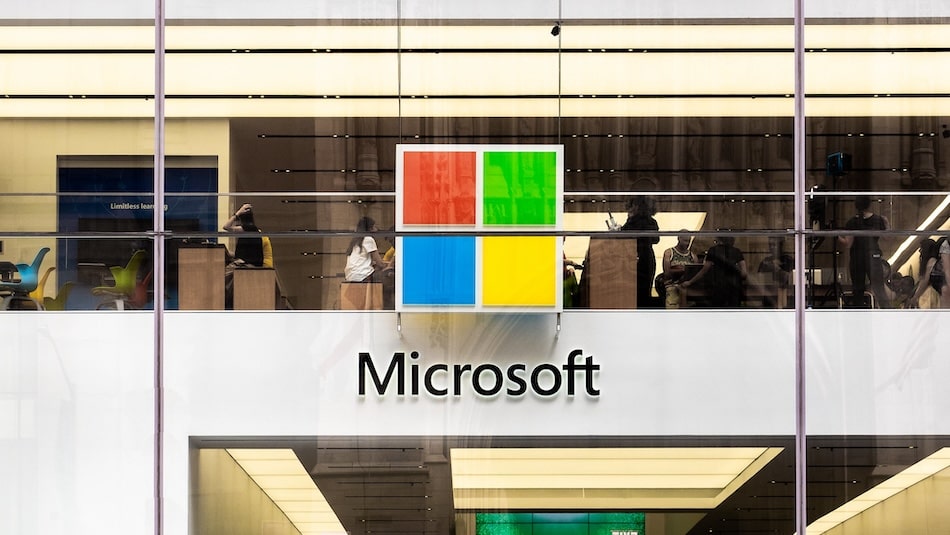
Bitcoin mining profitability has slumped to its lowest point since April, with the hashprice—a measure of the expected value per terahash per second of mining power—dropping to $43.1 per petahash/second (PH/s).
This decline comes as bitcoin’s price has fallen about 20% from its October all-time high to $104,000, and transaction fees remain subdued.
Factors behind the decline
Hashprice is an important metric for miners, representing potential earnings based on bitcoin’s price, network difficulty, block subsidy, and transaction fees.
The current low hashprice is attributed to the combination of a price correction, historically low transaction fees, and a surge in network hashrate.
According to mempool.space, processing a high-priority bitcoin transaction now costs just 4 sat/vB (about $0.58), with average fees at multi-year lows.
Meanwhile, the network hashrate remains robust at over 1.1 zettahashes per second (ZH/s), driving mining difficulty to a record high of 156 trillion (T), up 6.3% from the previous adjustment.
Mining difficulty and network impact
The mining difficulty adjustment, which occurs roughly every two weeks, ensures that new blocks are produced about every ten minutes.
The current all-time high for difficulty has further squeezed miner margins, especially as revenue from transaction fees remains limited.
For detailed historical data, see the bitcoin mining difficulty chart and network hashrate chart.
Diversification strategies for miners
With profitability under sustained pressure, bitcoin miners are increasingly diversifying into AI and high-performance computing (HPC) data center operations to secure more stable revenue.
By signing longer-term contracts with data companies, miners aim to reduce their reliance on volatile bitcoin market conditions and stabilize cash flow.
Outlook for the mining sector
Declining bitcoin prices, low fees, and record-high difficulty have all converged to make mining less profitable.
The ongoing shift toward alternative revenue streams indicates that industry players are adapting to an increasingly competitive landscape.



